I have the following constellation:
Main View (Custom UIViewController, no navigationcontroller or navigation bar), containing a button which segues modally to a second Table view controller, which is embedded in a Navigation Controller:
MainView -> Navigation Controller -> TableView
On the MainView the status bar is Black (no changes with iOS 6 - even when Status Bar is set to Default) On the TableViewController the status bar should have Default Style (grey in iOS 5, Blue Tinted due to navigation bar in iOS 6).
In iOS 5 this was easy by the following lines of code in TableViewController:
if ([[UIApplication sharedApplication] respondsToSelector:@selector(setStatusBarStyle:)]) {
[[UIApplication sharedApplication] setStatusBarStyle:UIStatusBarStyleDefault];
}
Running this under iOS 6 noting happens. How can I do this? I tried all possible Status Bar settings under project summary and in the plist (like described here: https://stackoverflow.com/a/12468689/1685971)
Also, in Storyboard everything looks fine. Running the app in simulator or on the device it looks different:

